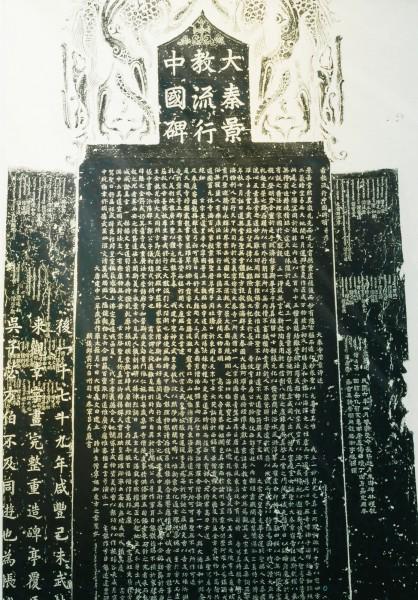The global church is celebrating an important holiday season - Christmas. The vast majority of churches and believers hold events on Christmas to commemorate the birth of Jesus Christ. Perhaps many people assume that Chinese began to mark Christmas after the introduction of Christianity in the modern China. In fact, as early as the Tang Dynasty, churches then already held Christmas celebrations.
In 635 AD, the missionary Alopen came to Chang'an from Syria. Emperor Taizong of Tang (his name is Li Shimin), in line with the open policy "to demonstrate foreign religious teachings", sent the then cabinet Prime Minister Fang Xuanling to "welcome Alopen in the western suburbs as a VIP delegate", opening the first phase of the spread of the Nestorian church in China. Since then there have been missionaries to China to promote the expansion of the gospel. There has been the amazing example in China in which the gospel was "flowing in all roads and the churches were in all cities".
The growth of the Nestorian church in China during the Tang Dynasty led to church rituals and Christmas celebrations that were absolute essential. In a classic record of the Nestorians' description of the birth of Jesus, it reads, "Heavenly Almighty (the Holy Father) blew the cool wind upon a virgin girl, named Weiyan (the Virgin Mary). According to the teaching of the Heavenly Almighty, his cool wind (the Holy Spirit) entered the girl's womb. Immediately she became pregnant. The cool wind surrounded the girl so that no males could be close to her to make her pregnant. Everyone would therefore know that the girl's pregnancy was not the result of coming into contact with a man. So when the world sees this example, it will declare the Heaven Almighty to be all powerful. In turn, the Heaven Almighty would acknowledge the people's faith and purify them to return to follow the good way. A son born to Weiyan is called "Yishu" (the Chinese transliteration of Jesus, at the time). The Nestorian "Stele" or "Monument" also records that "God announced from heaven that a women a sacred birth, giving birth to the One". This shows that at that time the church paid great attention to preaching the great events of Jesus Christ as 'the Word became flesh'. The word "sacred" on the monument is quite close to the contemporary term "Christmas".
The term "heavenly fagrance" here is for ritual worship. It is still used in the Catholic, Orthodox and some small Eastern denominations' Mass. The priest during the ceremony walks around the church near the altar and holds a container from which a fragrant incense is emitted. The scent represents the prayers of the saints that reach the heavenly court where the Lord is well pleased with it.
Emperor Tang Daizong on Christmas Day gave supplies for the churches' worship services which is an indication of how his positive feelings towards Nestorianism. This was rare among Tang Dynasty emperors. I speculate that this might have had something to do with his early experience. During the Chaotic Treason of An & Shi, the famous General Guo Ziyi was accompanied by a Nestorian preacher, Yisi, who was given a purple coat by the emperor for his work in helping Guo Ziyi to suppress the treason attempt.
During Tang Daizong's reign, Guangping King was appointed as Marshal to fight for the recovery of Chang'an and Luoyang. At that time, General Guo Ziyi led the main forces. Although there is no evidence to prove that Tang Daizong and Guo Ziyi's subordinates knew Yisi. The Nestorians had done well to suppress the treason and were undoubtedly appreciated by the emperor, which might be why the emperor Tang Daizong supported them by offering Christmas gifts.
The activities held for Christmas in the Tang Dynasty should have been very solemn, which was an important feature of the oriental churches. There is just a lack of clear historical evidence to prove this. Perhaps in the future, there will be new archaeological discoveries that will give us a clearer picture of the Tang Dynasty Christmas.
- Translated by Charlie Li












